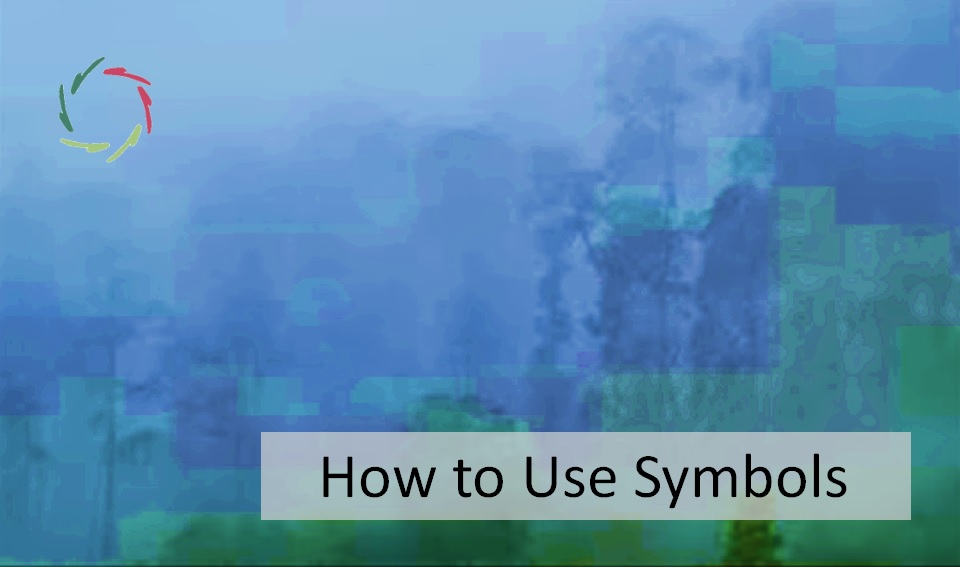How to Use Symbols

Any symbol. Let’s say you are a religious person. Then symbols may ‘talk’ to you. How?
[see also: ‘Symbolism lost. Symbolism regained’]
Eventually, any symbol is… you.
You are the crystal. Does light shine from you or through you? It depends on how you look at ‘you’. Does your mind only consist of conscious – or even only of conceptual – processing, Or much, much more?
In the latter case (which I agree to): how can you bring that to life?
One way is through symbols.
The ‘power’ of the symbol never comes from the symbol itself.
By itself, it’s just a ‘thing’. Yet you may feel strongly about it. That feeling depends on your attention to it.
For example, if you are a catholic and you believe Jesus Christ to be present in the Eucharist (bread and wine during Holy Mass), what you feel is your perception. The ‘presence’ is, objectively seen, equally real in the Eucharist as anywhere else. Obviously, whether you believe in God or not, ‘He’ is equally present here, there, anywhere. The difference lies in your perception. [see: ‘Eyes of Soul’]
I know I’m seemingly throwing very much – such as the core of Christianity – to pieces here, in wordings:
There is no specific coming of anything metaphysical into any material ‘religious’ object.
There is no metaphysical trans-substantiation.
Actually, (almost) everybody agrees to this concerning what’s outside of the own circle of perception.
This is extremely important in how to use any symbol. It is YOU.
Without experiencing this, you may never be able to experience any symbol. What you might experience instead is much less: a feeling of comfort, or better said the relief of a discomfort: safe, controllable, quite numb after all, although in some cases still quite big in result.
But – please forgive me for being so blunt – not the energy of a symbol!
A symbol is like a crystal that transforms light. What happens, happens in the totality of YOU, including and even primordially at subconceptual level [see: ‘About ‘Subconceptual’]. Without involvement of YOU, absolutely nothing happens. The attention that is needed to be open towards it, is a meditative, subconceptual one.
Open attention, as in Open Mindfulness.
Then of course, anything can be a symbol. It’s just that one object or ritual or idea… is qualitatively more prone to invite you than another.
OR: that you are more open to its specific invitation. This is inter-individually very different. Which brings us to the center of ‘how-to’:
With openness to the invitation
Don’t enforce anything. Don’t throw things in-between.
Nothing is needed; everything is allowed… in depth and respect.
Just try to be open, again and again. It’s an ongoing effort.
Perhaps the most important element is your mere-ego learning to be at ease with this.
So in relating to a symbol, put mere-ego beside you, like a child. Again and again. Until it becomes very interested. Then you can enjoy the symbolism ‘together’.
This way, we end with the beginning, namely YOU, in totality
always again.


